The Impact of Heroin and Nicotine Addiction: An EMT's Perspective
VerifiedAdded on 2023/01/18
|10
|470
|67
Report
AI Summary
This report examines the effects of heroin and nicotine, detailing their impact on individuals and the crucial role of Emergency Medical Technicians (EMTs) in emergency response. It discusses the characteristics of heroin, including its addictive nature and the physical and psychological effects of its use. The report also covers nicotine, its addictive properties, and the health consequences associated with its consumption. Furthermore, the report outlines the responsibilities of EMTs in addressing substance abuse-related emergencies, including the management of overdose situations and the provision of immediate care. The report also touches upon the training and skills required for EMTs, including the importance of problem-solving and communication. The report also includes information on how to quit using nicotine. The report also provides information on treatment options for heroin addiction and strategies for quitting nicotine, along with references to relevant research articles.
1 out of 10
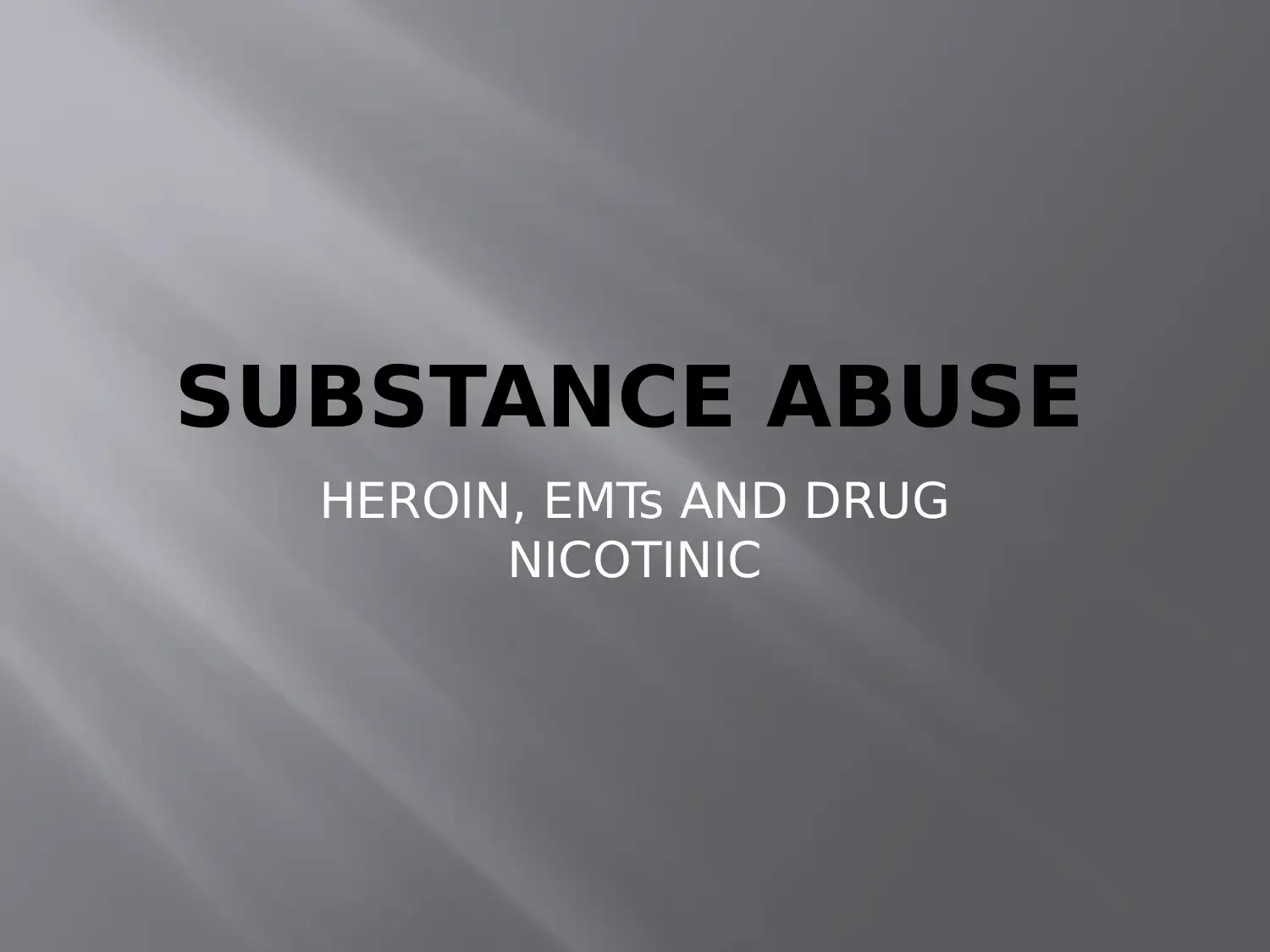
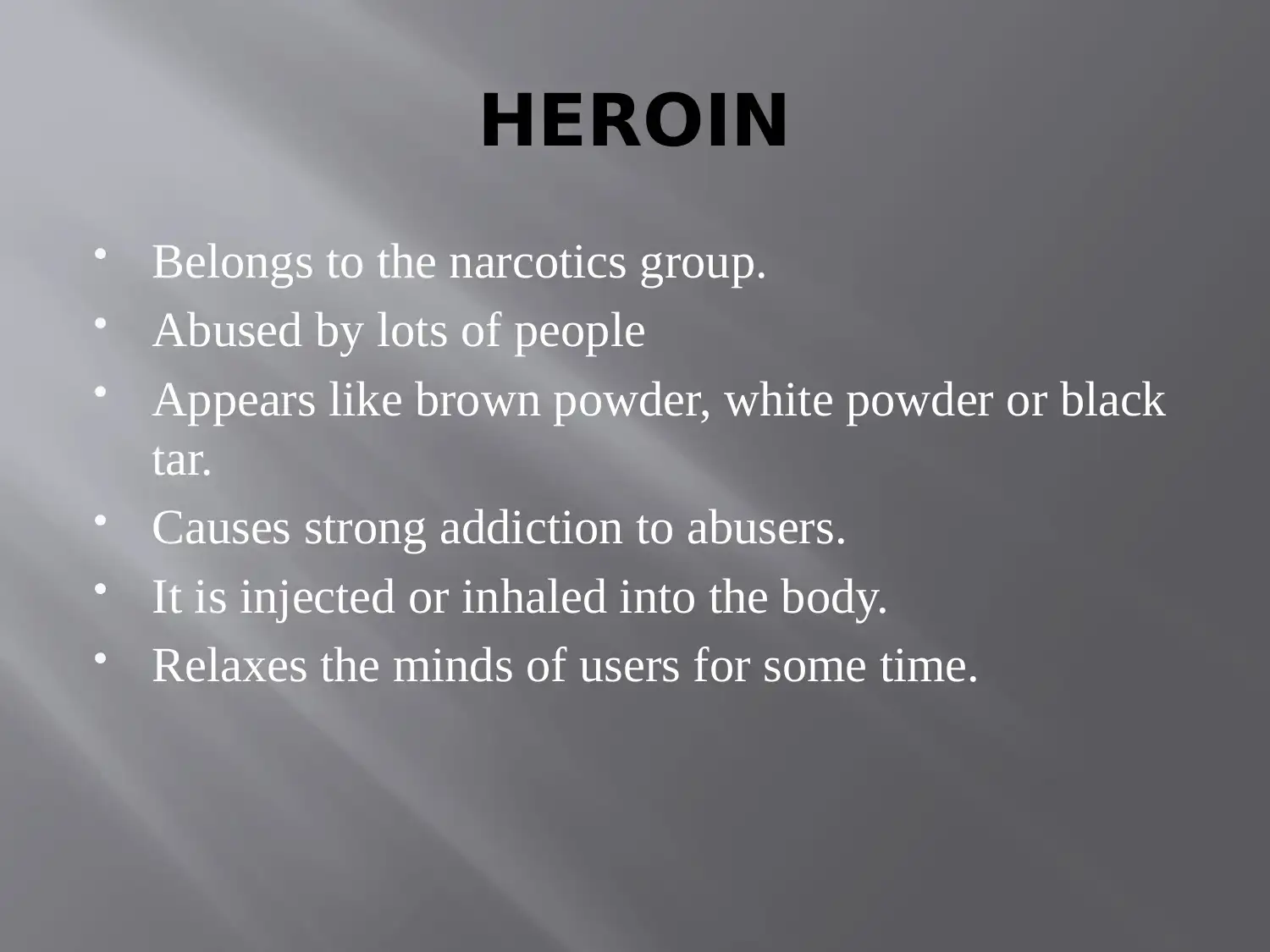
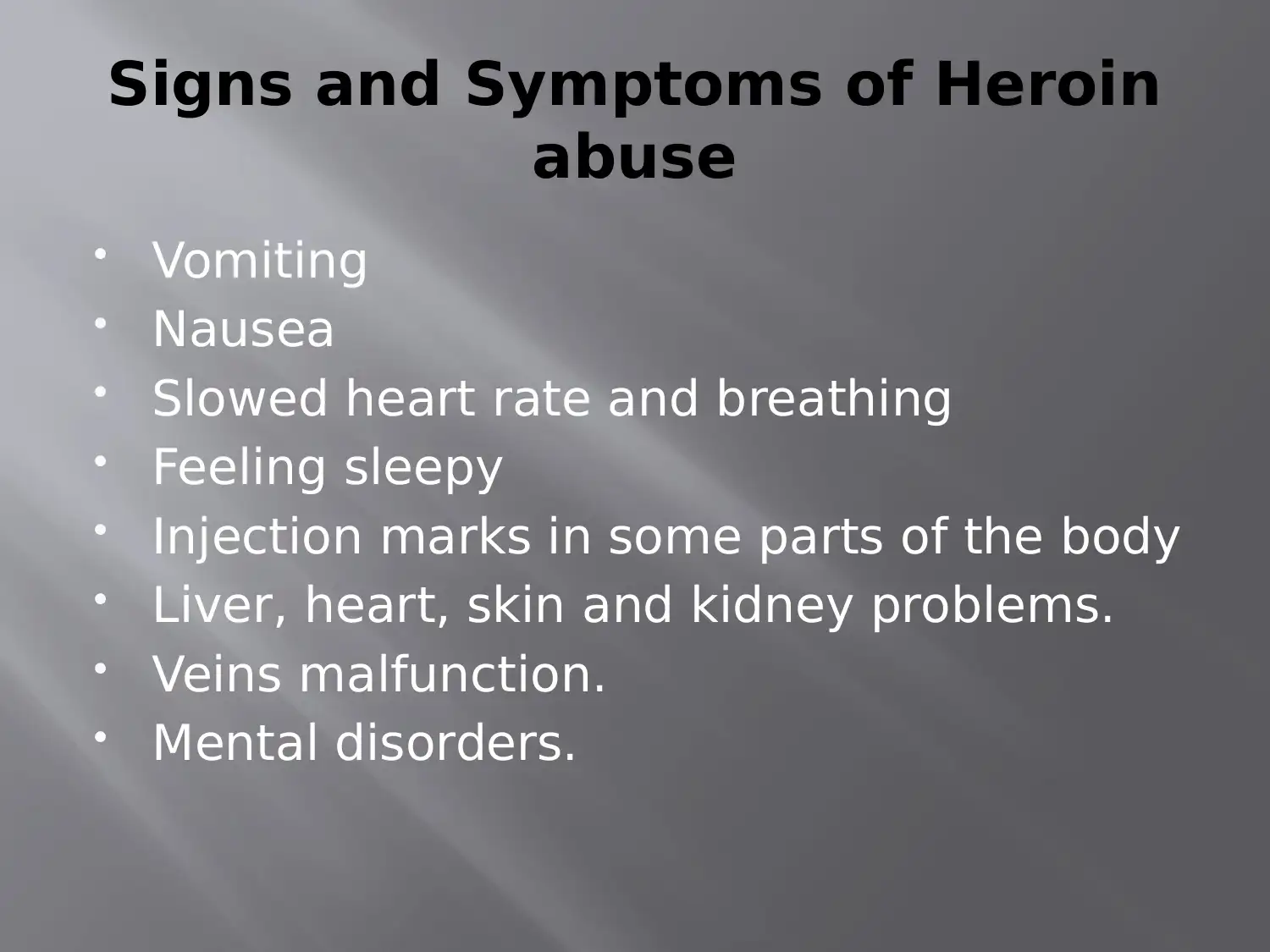

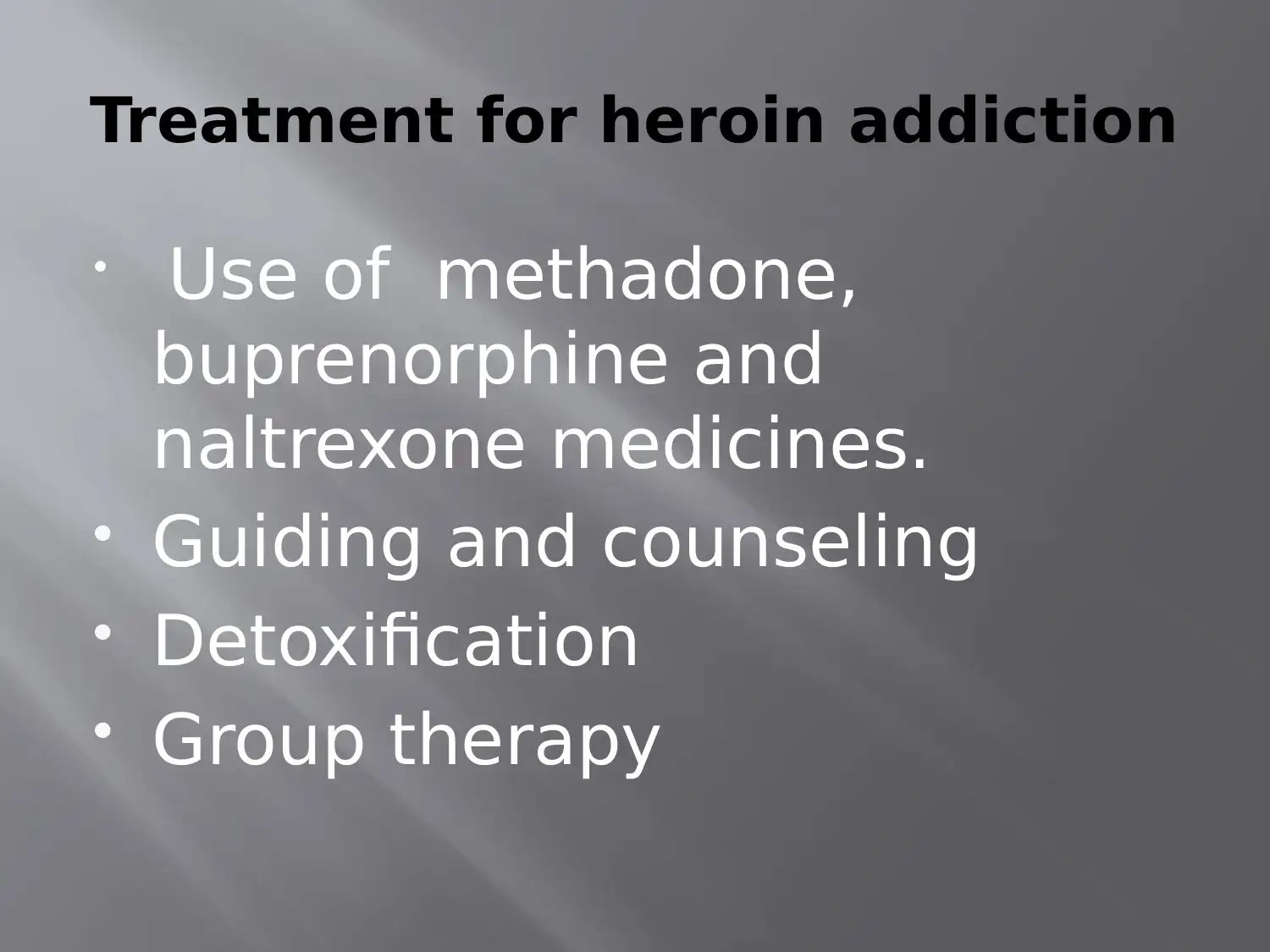
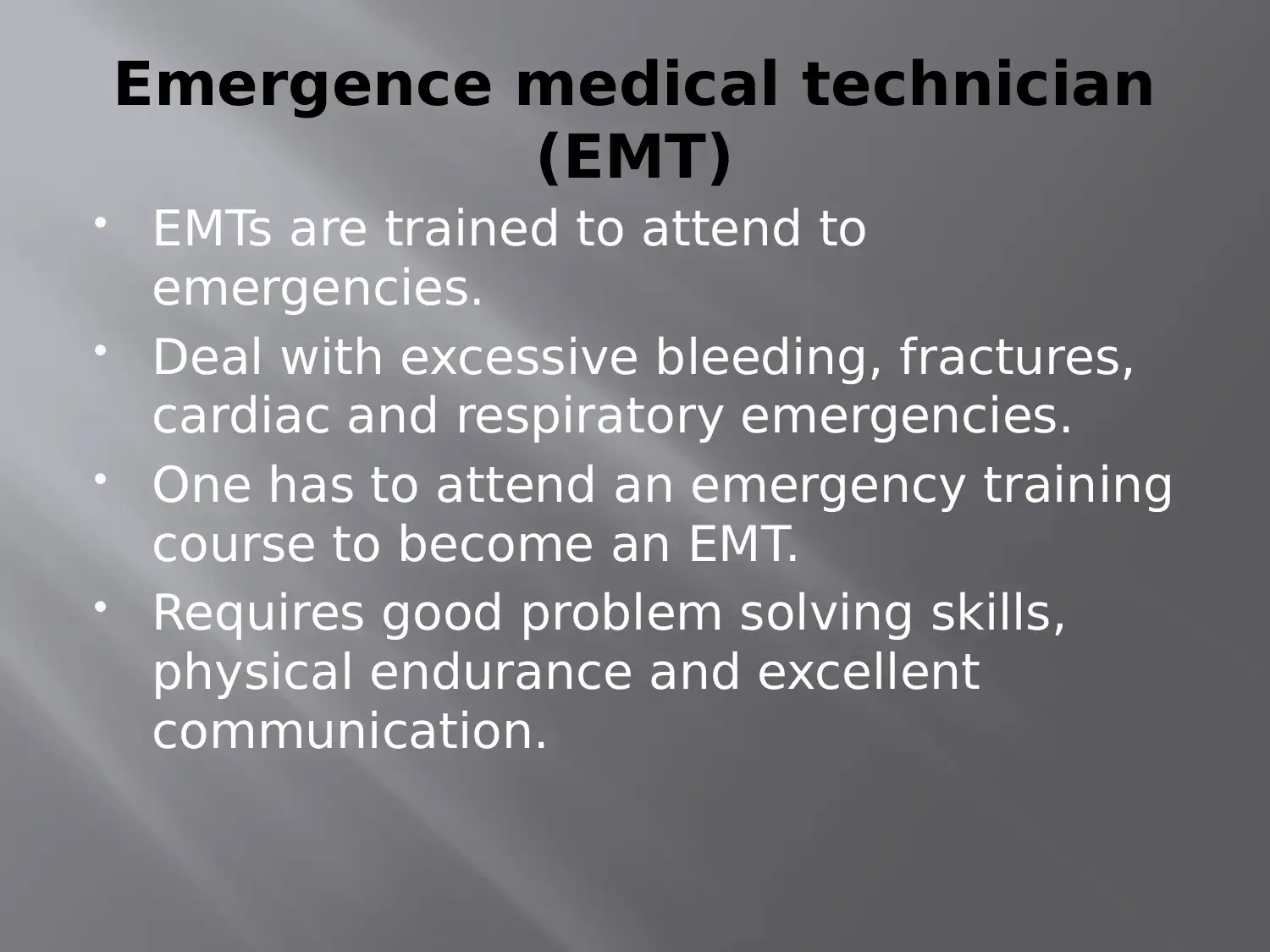
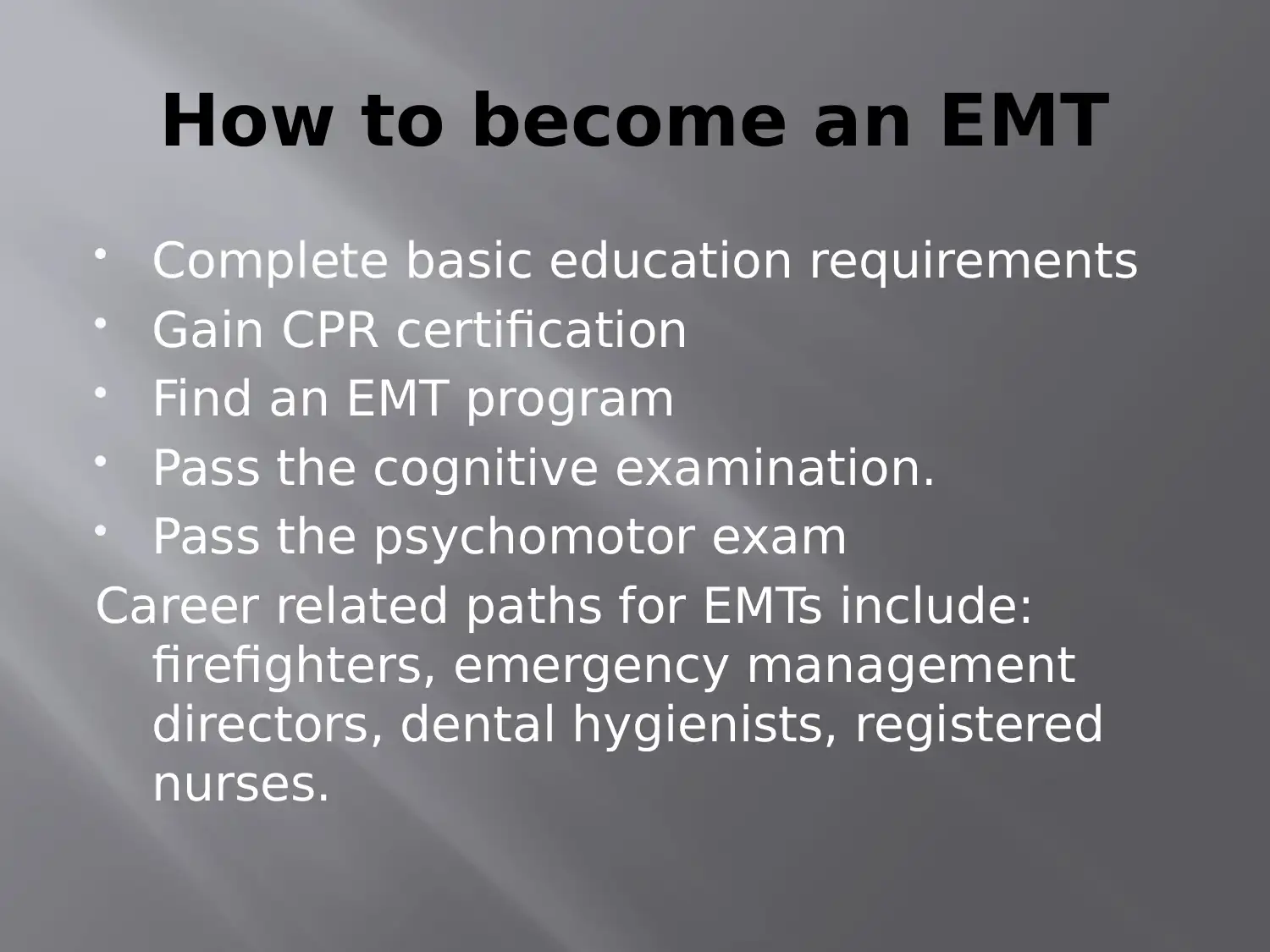
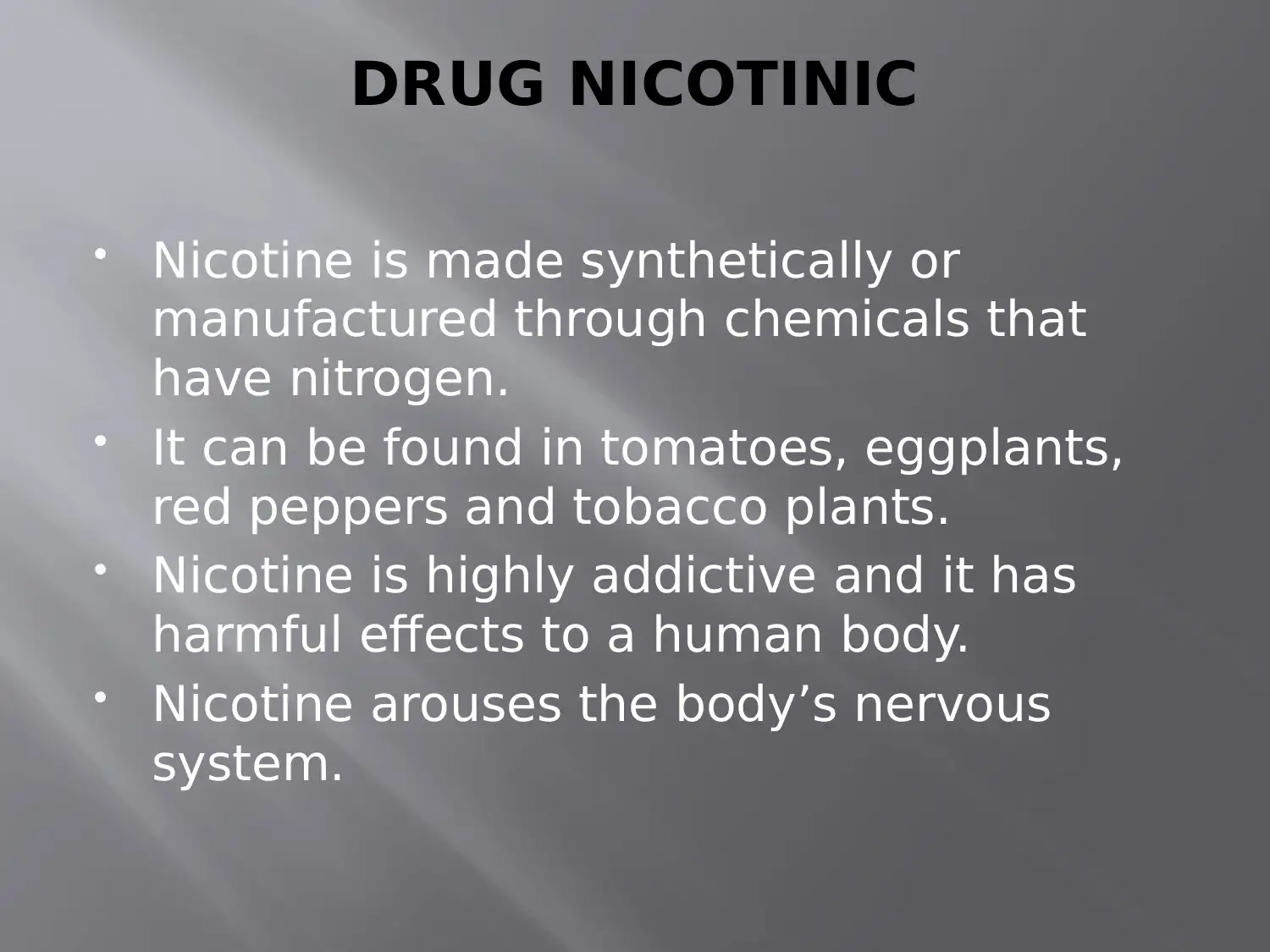
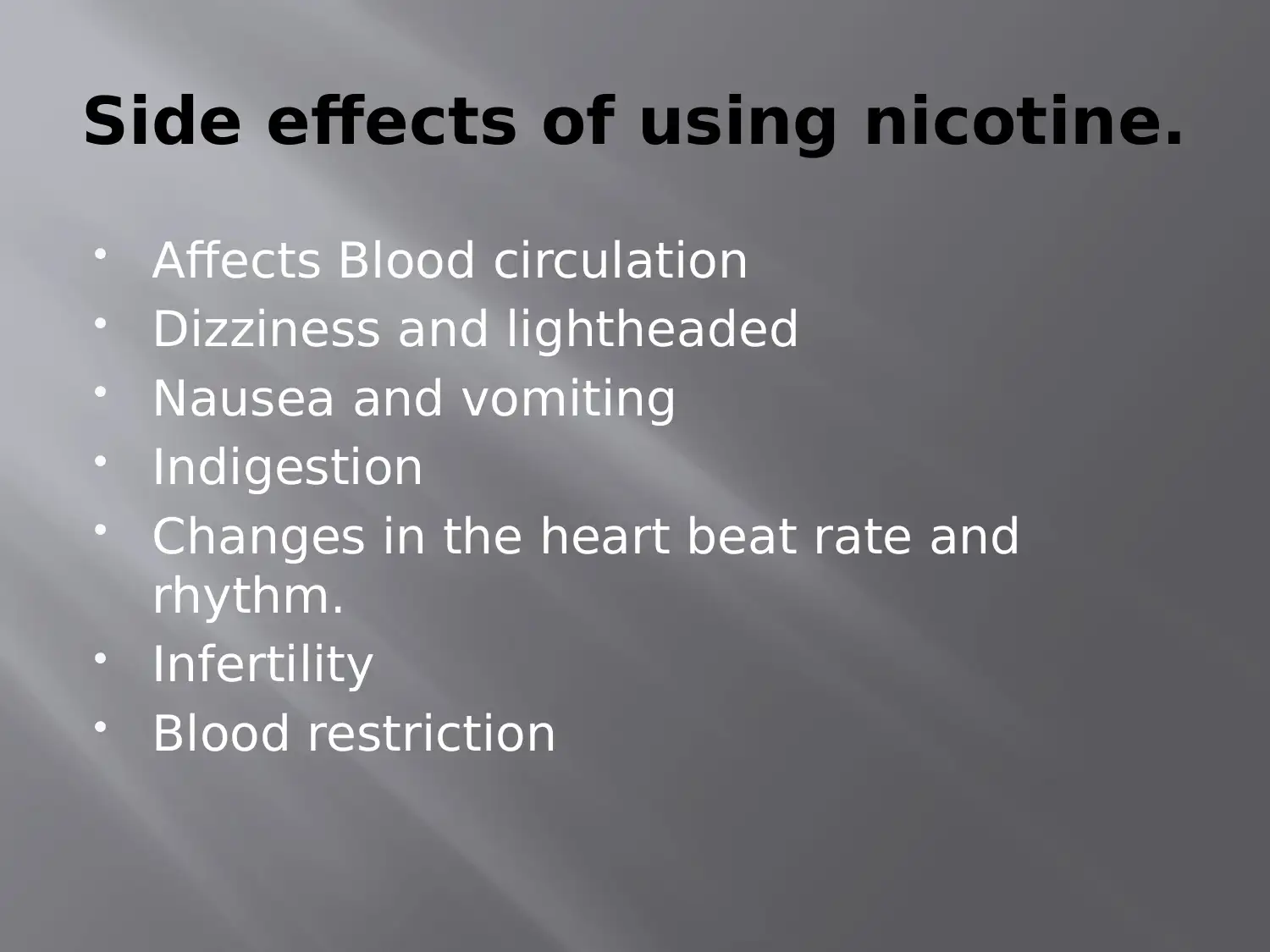
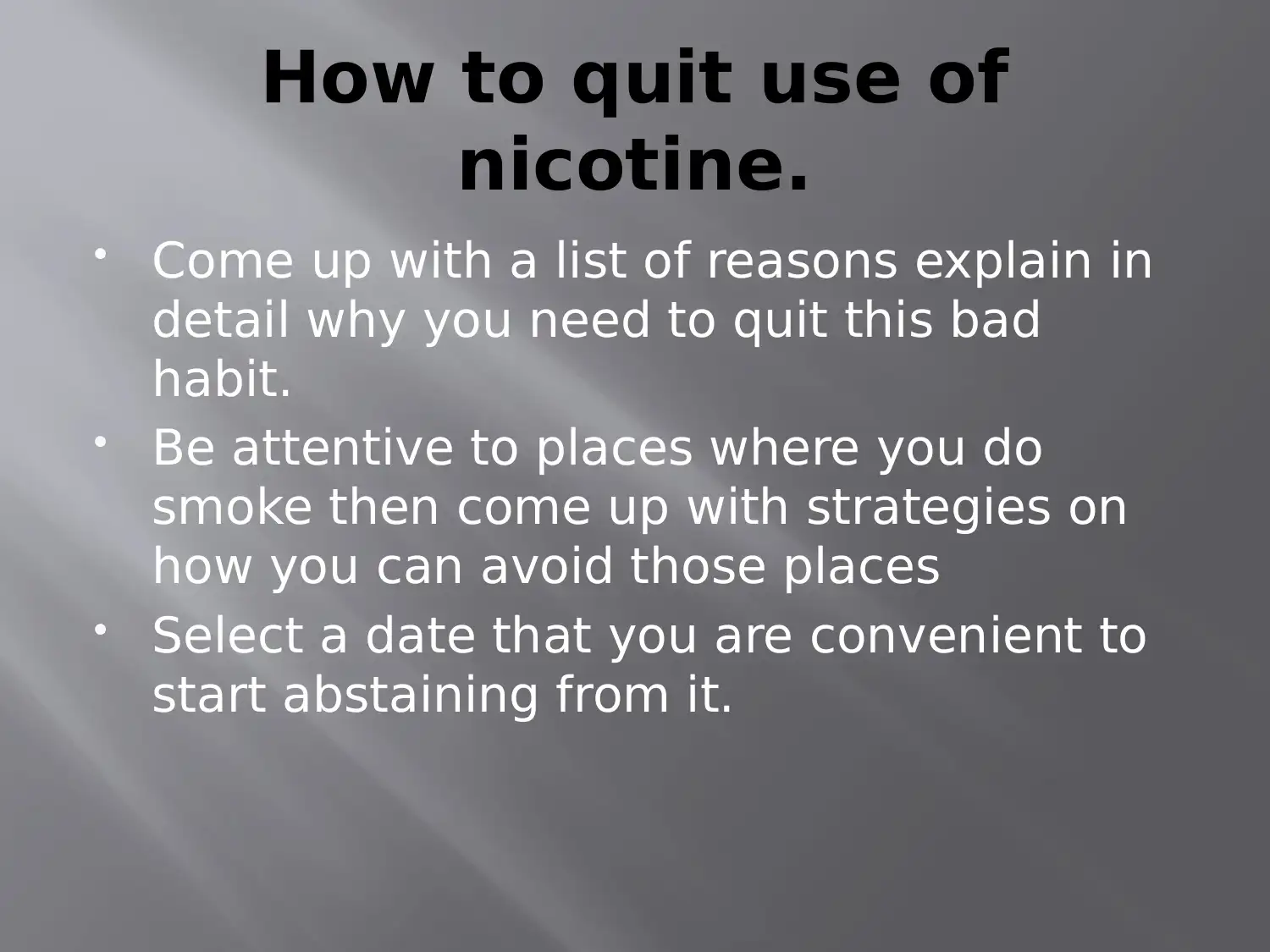
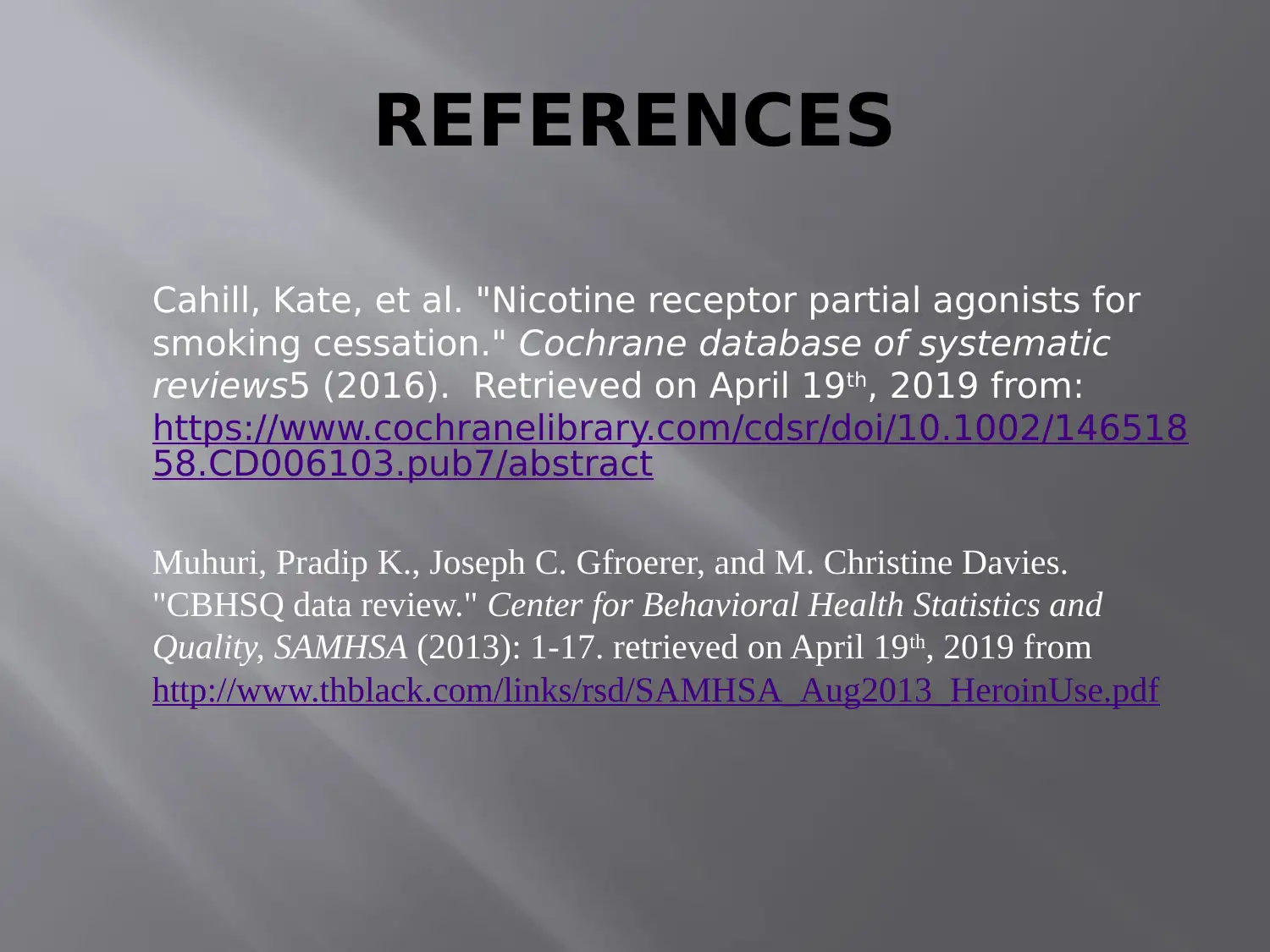
![[object Object]](/_next/static/media/star-bottom.7253800d.svg)